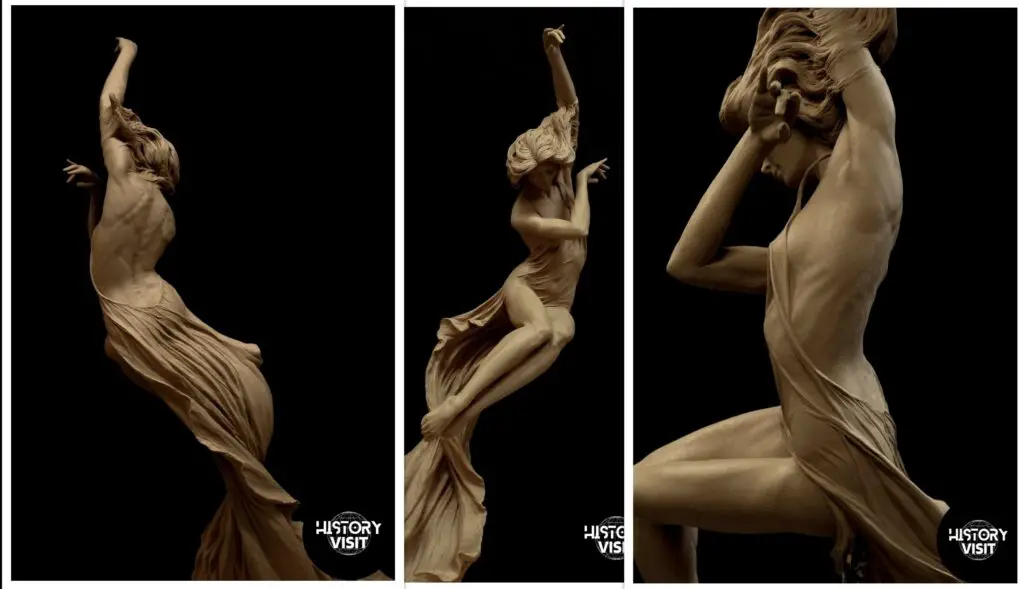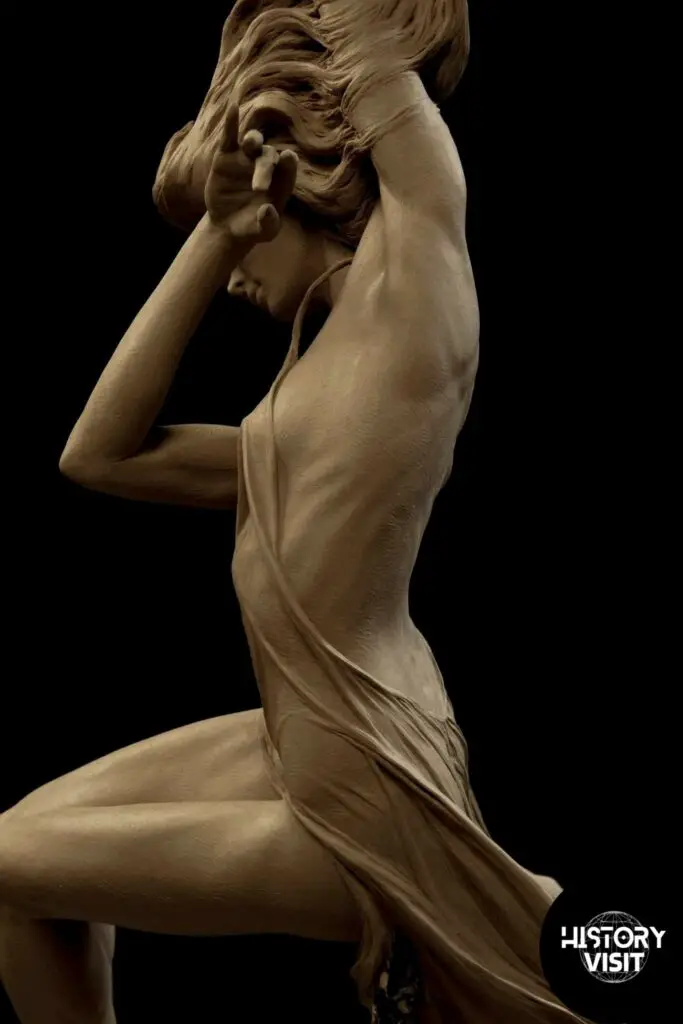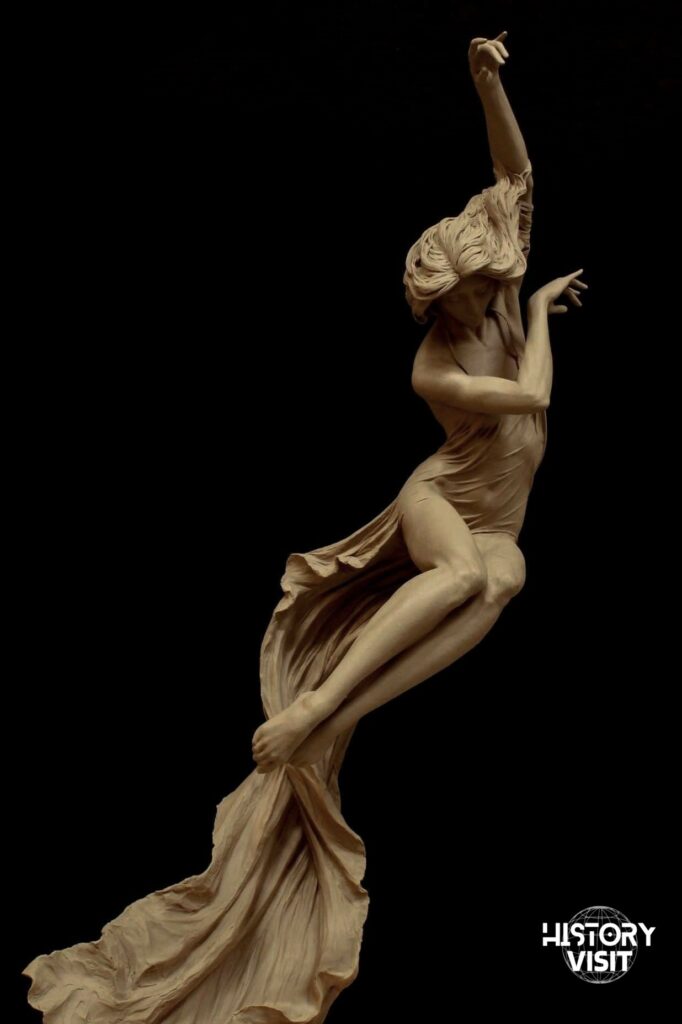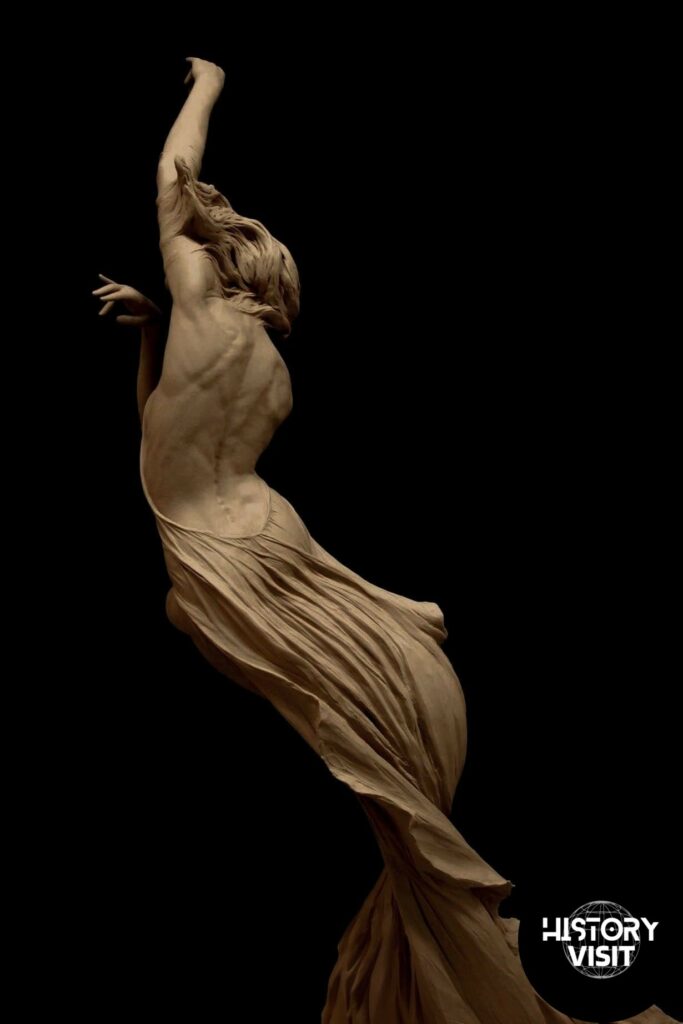Astra: Discover the Untold Secrets Behind This Masterpiece Now

Introduction: Unveiling the Legacy of “Astra”
Benjamin Victor, a celebrated sculptor, has once again mesmerized the art world with his latest creation, “Astra.” This stunning piece of art, crafted from clay for bronze, is a testament to Victor’s unrivaled talent and his ability to convey profound messages through his sculptures. “Astra” is not just a sculpture; it’s a journey through time, emotion, and artistry.
“Astra” is a word that evokes images of the stars and the cosmos. In Victor’s hands, this concept is transformed into a tangible form, a sculpture that speaks to the viewer on multiple levels. The piece is not just a representation of a celestial body but a symbol of humanity’s eternal quest for understanding and enlightenment. Through “Astra,” Victor invites us to explore the depths of our own consciousness and the mysteries of the universe.
In this article, we will delve deep into the creation of “Astra,” exploring its artistic significance, the inspiration behind it, and its impact on the art community. We will also discuss how “Astra” reflects the broader themes of human existence and the pursuit of knowledge. By the end of this journey, you will have a comprehensive understanding of why “Astra” is considered one of Benjamin Victor’s most remarkable works.
The Artistic Significance of “Astra”

Crafting a Masterpiece: The Process Behind “Astra”
Creating “Astra” was a meticulous process that involved both technical skill and artistic vision. Benjamin Victor began by sculpting the piece in clay, a medium that allows for detailed and expressive work. The choice of clay for the initial model was crucial, as it provided the flexibility needed to capture the nuances of the human form and the abstract elements that define “Astra.”
Once the clay model was completed, the next step was to cast it in bronze. This process, known as lost-wax casting, is both time-consuming and intricate. It involves creating a wax model from the clay original, encasing it in a ceramic shell, and then melting away the wax to leave a mold that is filled with molten bronze. The result is a durable and lasting sculpture that retains the fine details of the original clay model.
The bronze casting of “Astra” adds a layer of permanence to the piece, ensuring that it will endure for generations. The use of bronze also enhances the sculpture’s aesthetic appeal, giving it a timeless quality that is both modern and classical. “Astra” is a perfect example of how traditional sculpting techniques can be used to create contemporary art that resonates with today’s audiences.
The Symbolism of “Astra”: A Deeper Look

At first glance, “Astra” may seem like a simple representation of a celestial body, but a closer examination reveals a wealth of symbolism. The sculpture’s title, “Astra,” is derived from the Latin word for “stars,” which immediately connects it to the cosmos. However, the symbolism of “Astra” goes beyond the stars and delves into the human experience.
The figure in “Astra” appears to be reaching upward, as if striving to touch the stars. This pose symbolizes humanity’s unending quest for knowledge and understanding. It represents the idea that we are always reaching for something greater, whether it be scientific discovery, spiritual enlightenment, or personal growth. “Astra” captures the essence of this pursuit, reminding us that the journey is just as important as the destination.
In addition to its cosmic symbolism, “Astra” also reflects the theme of resilience. The figure’s upward gaze and outstretched arm suggest a determination to overcome obstacles and continue striving, no matter how difficult the path may be. This message of resilience is particularly relevant in today’s world, where challenges and uncertainties are ever-present. “Astra” serves as a reminder that, like the stars, we too can shine brightly even in the darkest of times.
The Inspiration Behind “Astra”
Benjamin Victor’s Artistic Journey: From Concept to Creation
The creation of “Astra” was inspired by Benjamin Victor’s lifelong fascination with the stars and the mysteries of the universe. Victor has always been drawn to themes that explore the human condition and our place in the cosmos. “Astra” is the culmination of years of contemplation and artistic exploration, resulting in a piece that is both personal and universal.
Victor’s artistic journey began with extensive research into the symbolism of stars in different cultures and mythologies. He studied how various civilizations have looked to the stars for guidance, inspiration, and meaning. This research informed the design of “Astra,” allowing Victor to incorporate elements that resonate with a wide audience.
The creative process for “Astra” was also influenced by Victor’s personal experiences. He has spoken about how the challenges he has faced in his own life have shaped his work, giving it depth and emotional resonance. “Astra” is a reflection of these experiences, a sculpture that speaks to the resilience and determination that are necessary to navigate the complexities of life.
The Role of Inspiration in Art: How “Astra” Speaks to Us
Inspiration is a crucial element in the creation of any work of art, and “Astra” is no exception. The sculpture was born out of a deep sense of wonder and curiosity about the universe, and this sense of wonder is evident in every detail of the piece. “Astra” inspires us to look beyond the mundane and to consider the vastness of the cosmos and our place within it.
One of the most powerful aspects of “Astra” is its ability to evoke a sense of awe in the viewer. The sculpture’s upward-reaching figure and celestial theme remind us of the beauty and mystery of the universe. “Astra” encourages us to reconnect with our sense of wonder and to embrace the unknown.
In addition to inspiring a sense of awe, “Astra” also invites us to reflect on our own lives and the challenges we face. The figure’s pose suggests a struggle, but also a determination to overcome that struggle. “Astra” reminds us that we all have the strength to rise above our difficulties and to reach for something greater.
The Impact of “Astra” on the Art Community

A Masterpiece Recognized: “Astra” in the Art World
Since its unveiling, “Astra” has garnered significant attention in the art community. Critics and art enthusiasts alike have praised the sculpture for its technical excellence and emotional depth. “Astra” has been featured in numerous exhibitions and has become a focal point in discussions about contemporary sculpture.
One of the reasons why “Astra” has been so well-received is because it bridges the gap between traditional and modern art. The use of bronze as a medium connects the piece to classical sculpture, while the abstract elements and contemporary themes make it relevant to today’s audiences. “Astra” is a prime example of how art can evolve while still honoring its roots.
In addition to its success in exhibitions, “Astra” has also had a significant impact on other artists. Many have cited the sculpture as a source of inspiration for their own work, praising its ability to convey complex ideas in a simple and elegant form. “Astra” has become a symbol of artistic excellence and a testament to the power of creativity.
The Broader Implications of “Astra”: Art and Society
While “Astra” is undeniably a work of art, its impact extends beyond the confines of the art world. The sculpture’s themes of resilience, determination, and the pursuit of knowledge resonate with broader societal issues. “Astra” serves as a reminder that art is not just a reflection of society but a tool for change.
One of the ways in which “Astra” has influenced society is by encouraging discussions about the role of art in addressing social and political issues. The sculpture’s message of resilience has been particularly relevant in the context of recent global challenges, inspiring people to find strength and hope in difficult times. “Astra” has shown that art can be a powerful force for good, helping to bring about positive change in the world.
In addition to its social impact, “Astra” has also had an economic impact. The success of the sculpture has increased the value of Benjamin Victor’s work, making it a sought-after piece for collectors. “Astra” has demonstrated that art can be both a source of personal expression and a valuable asset, contributing to the cultural and economic landscape.
Conclusion: The Enduring Legacy of “Astra”
“Astra” is more than just a sculpture; it is a masterpiece that encapsulates the essence of human experience. Through its symbolism, craftsmanship, and emotional depth, “Astra” speaks to the viewer on a profound level, inviting us to reflect on our own lives and the world around us.
The creation of “Astra” was a journey that required both technical skill and artistic vision. Benjamin Victor’s ability to translate his inspiration into a tangible form is a testament to his talent and dedication. “Astra” is a reminder that art is not just about aesthetics, but about conveying messages that resonate with people across time and space.
As we look to the future, it is clear that “Astra” will continue to inspire and influence generations to come. Its themes of resilience, determination, and the pursuit of knowledge are timeless, making “Astra” a work of art that will endure for years to come. Through “Astra,” Benjamin Victor has left a lasting legacy, one that will continue to shine brightly in the art world and beyond.


